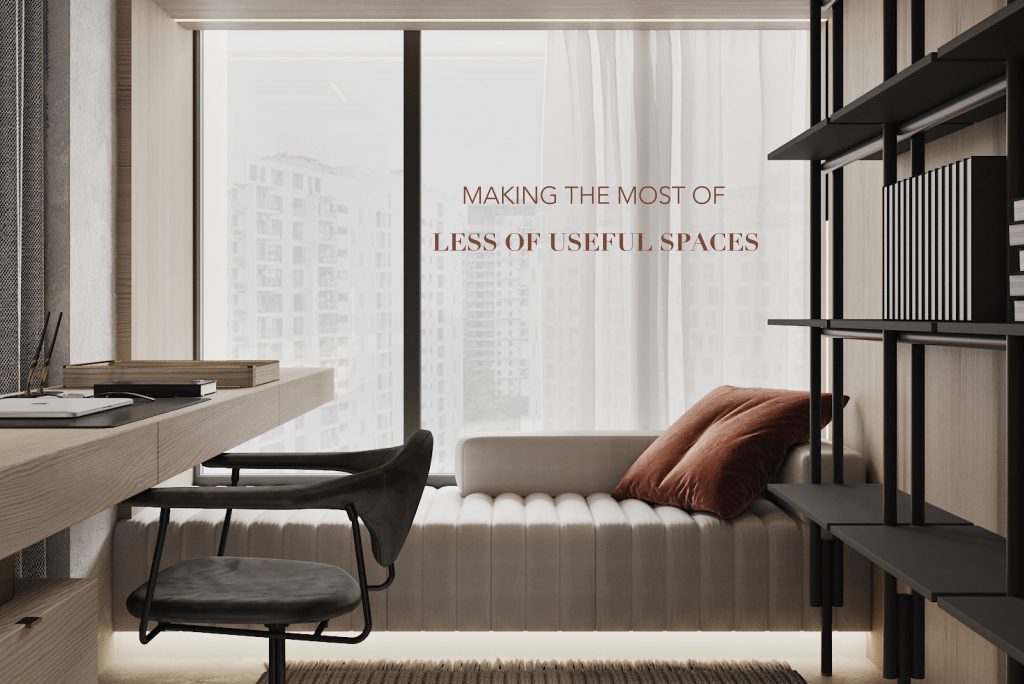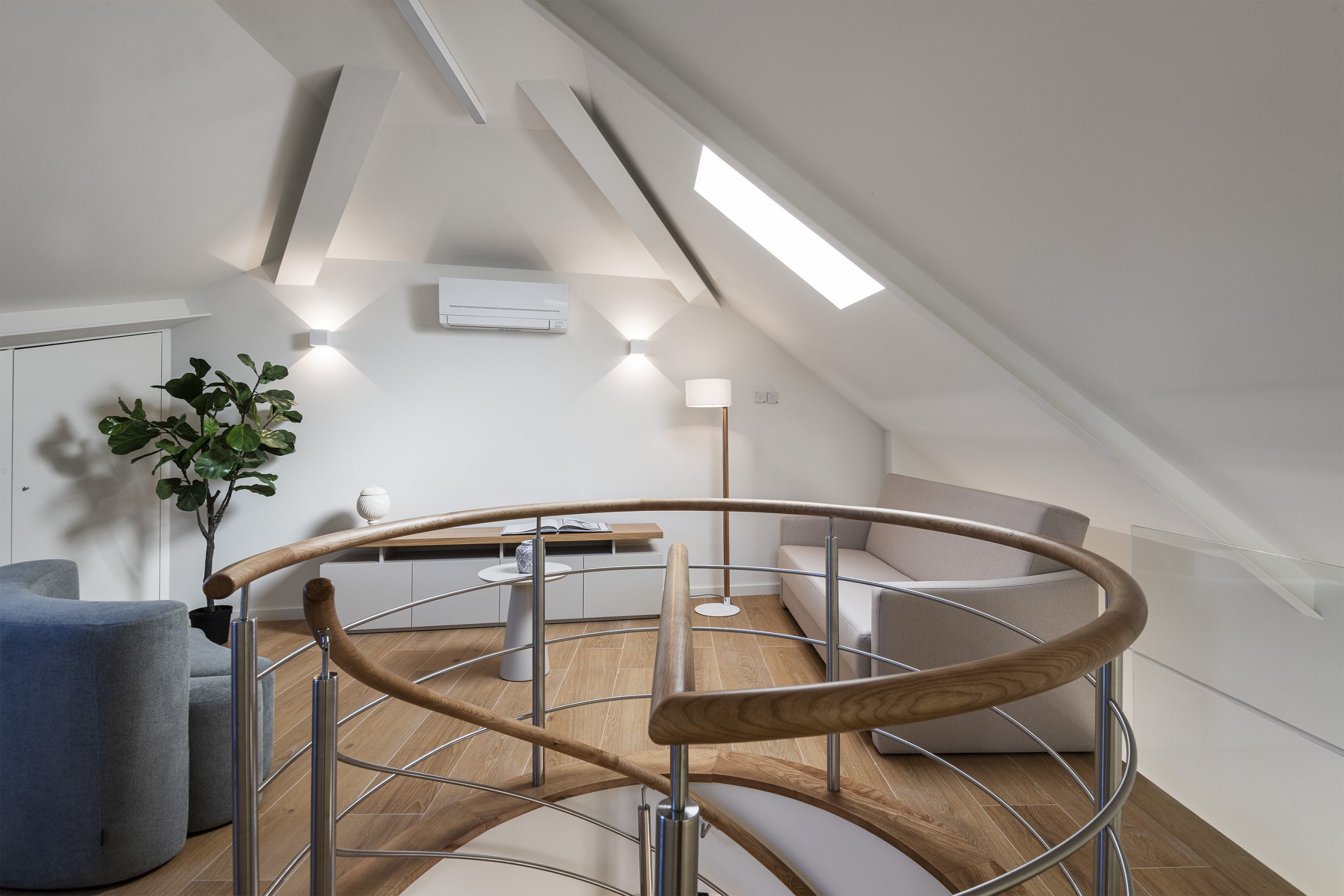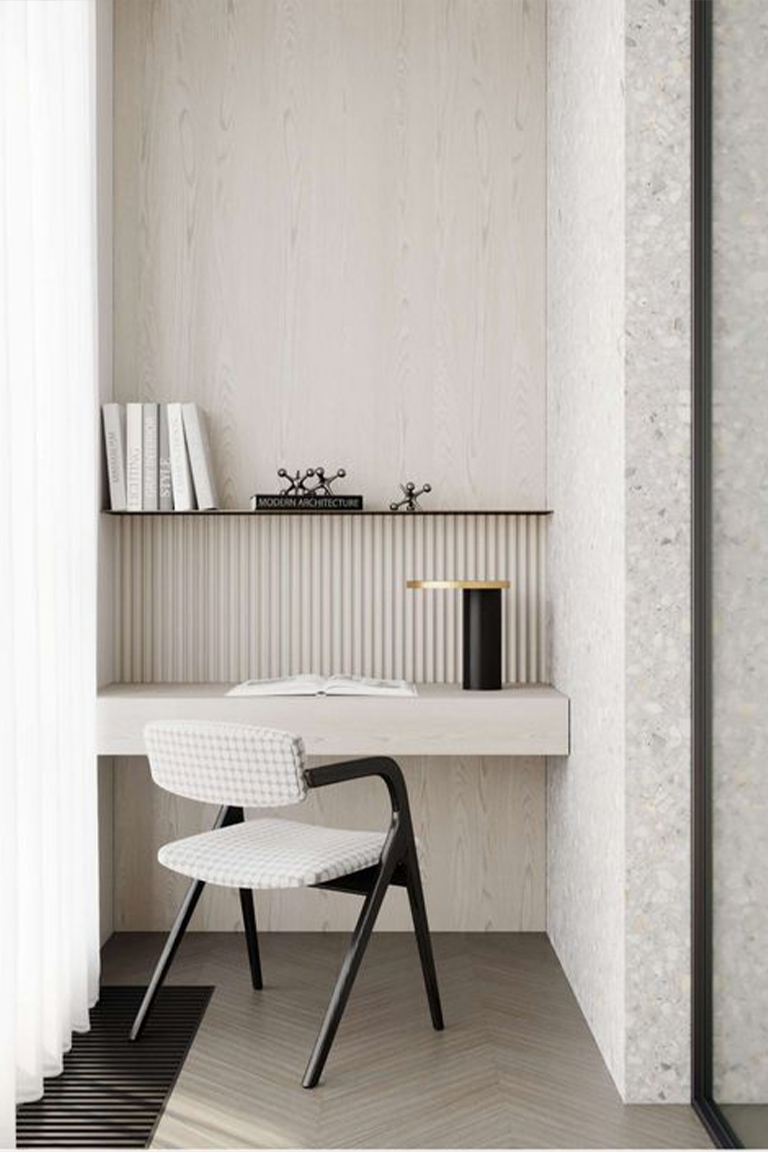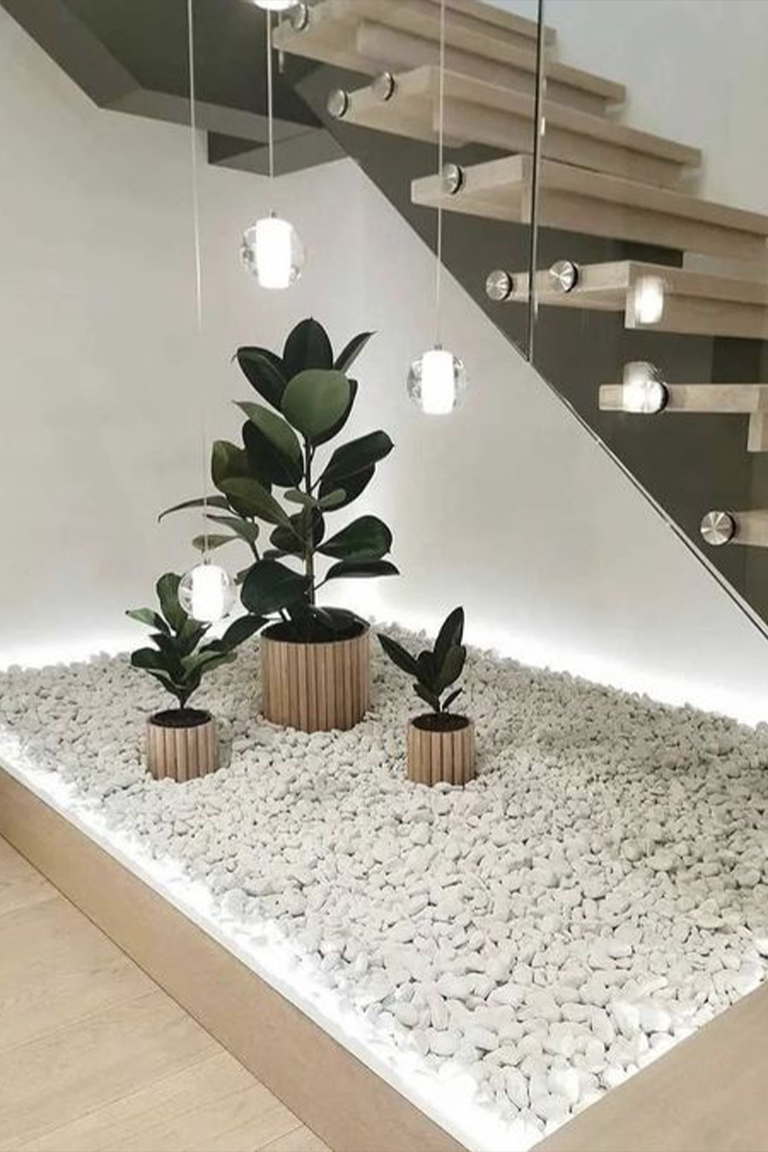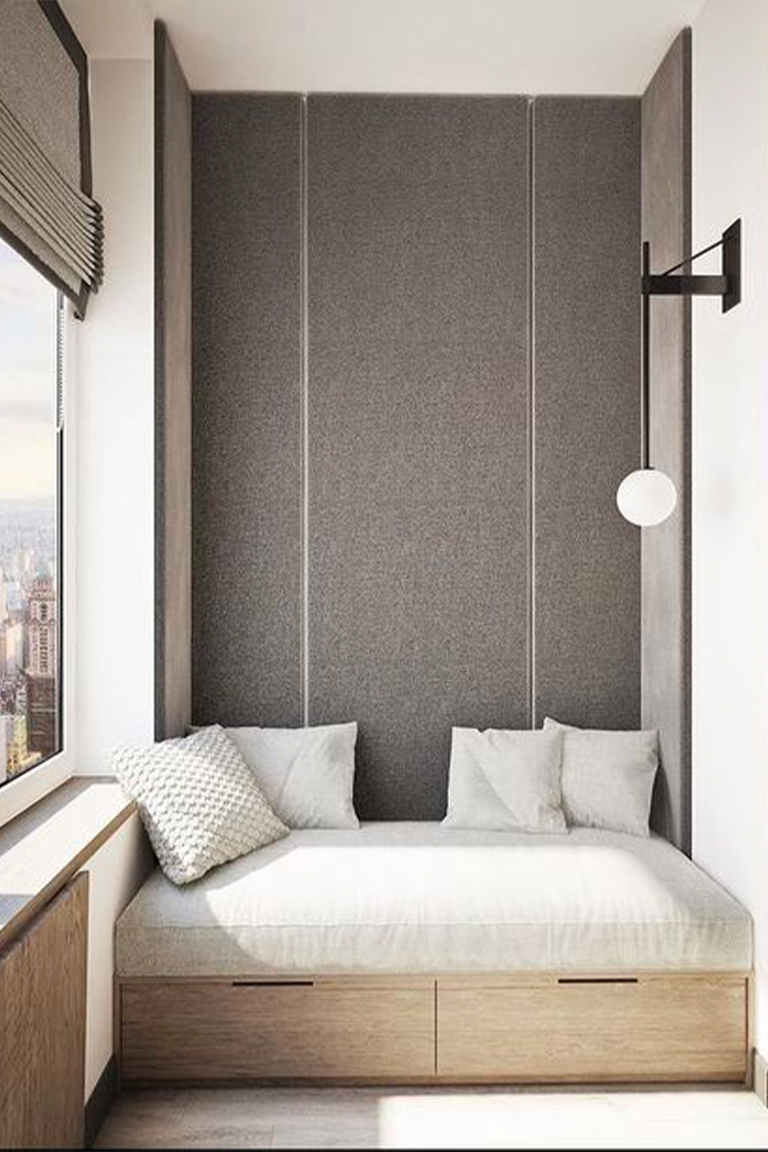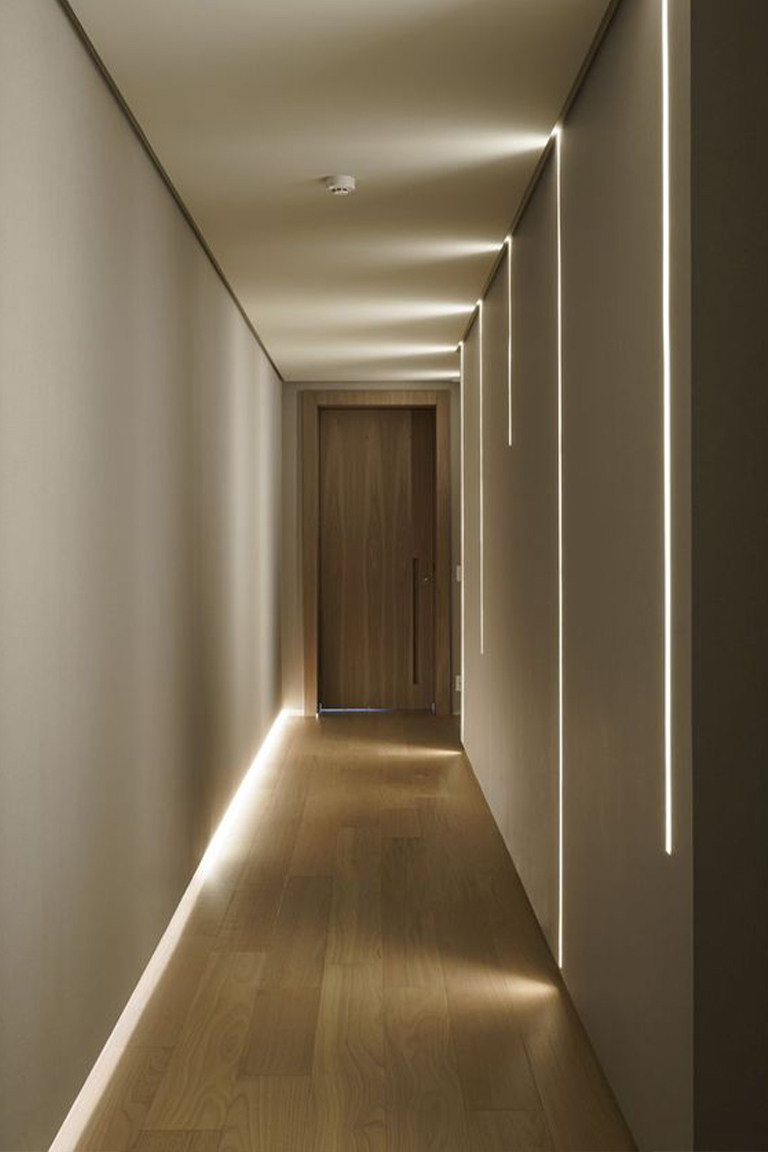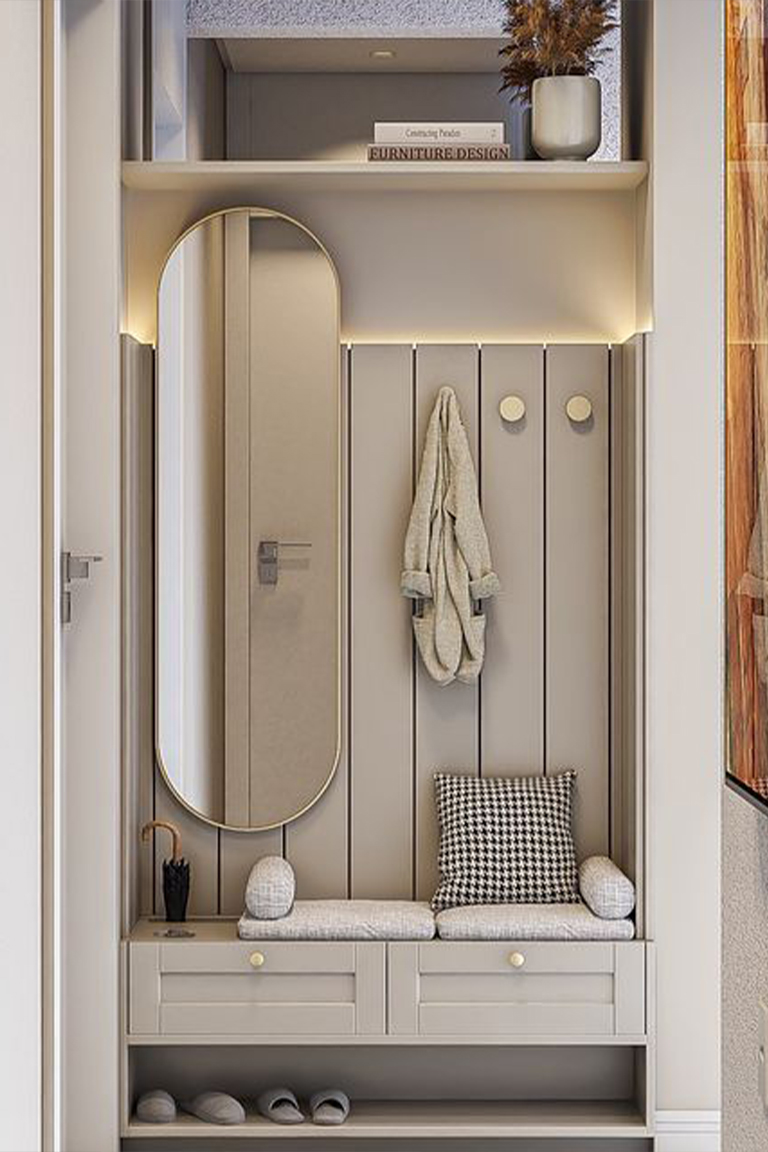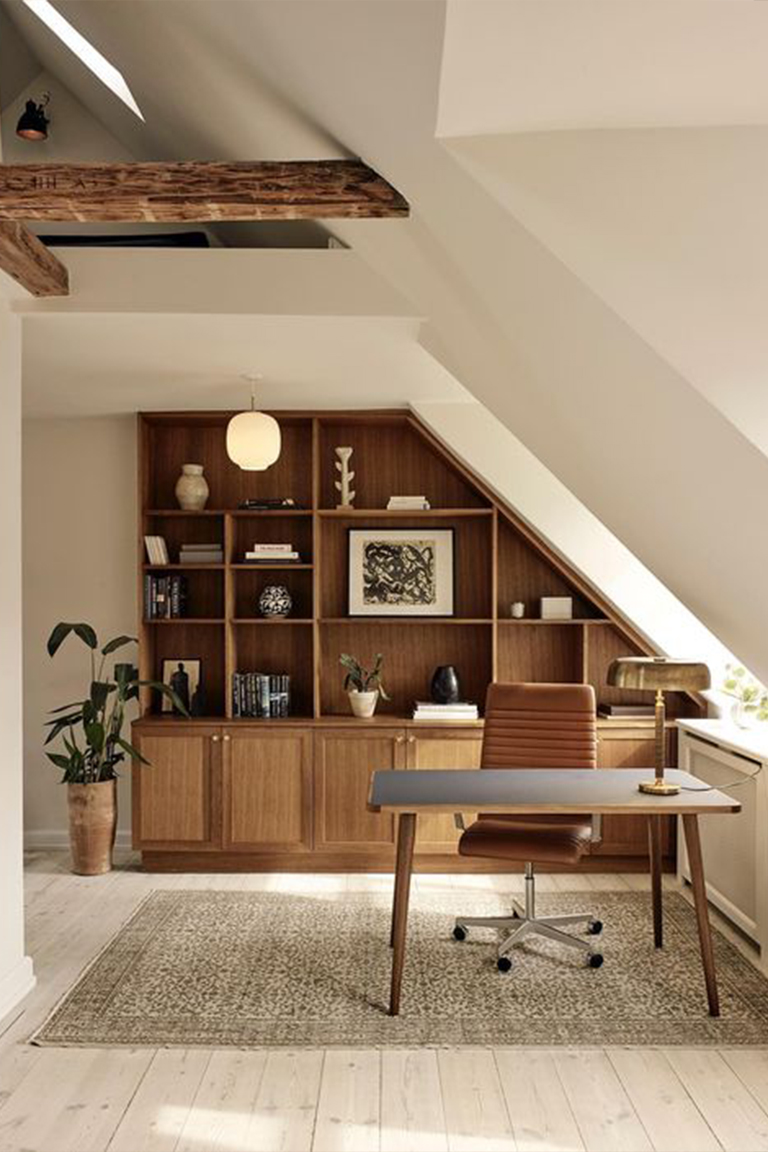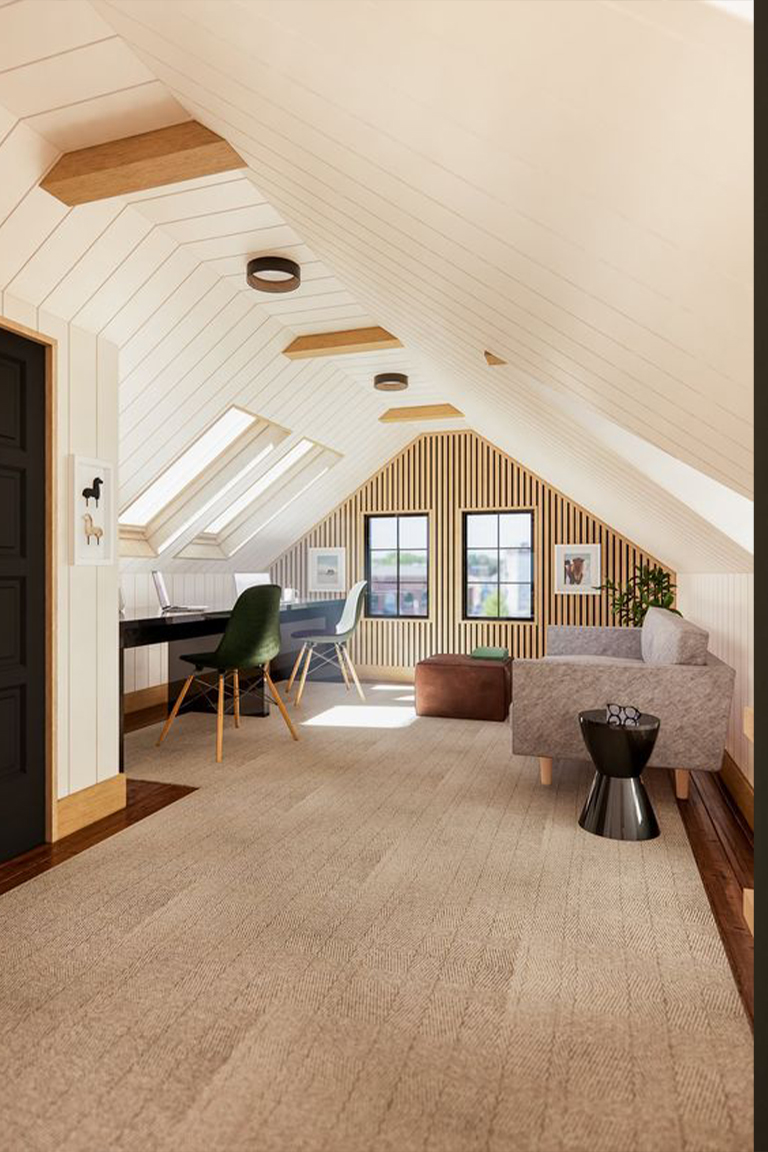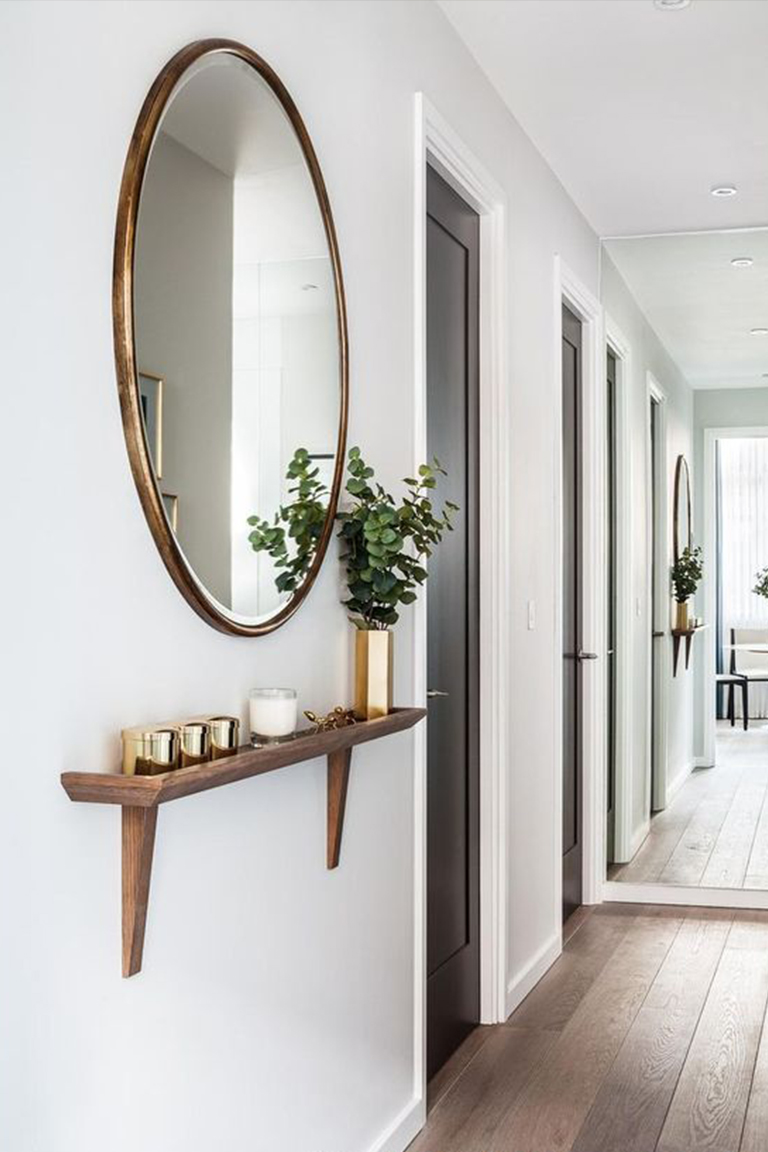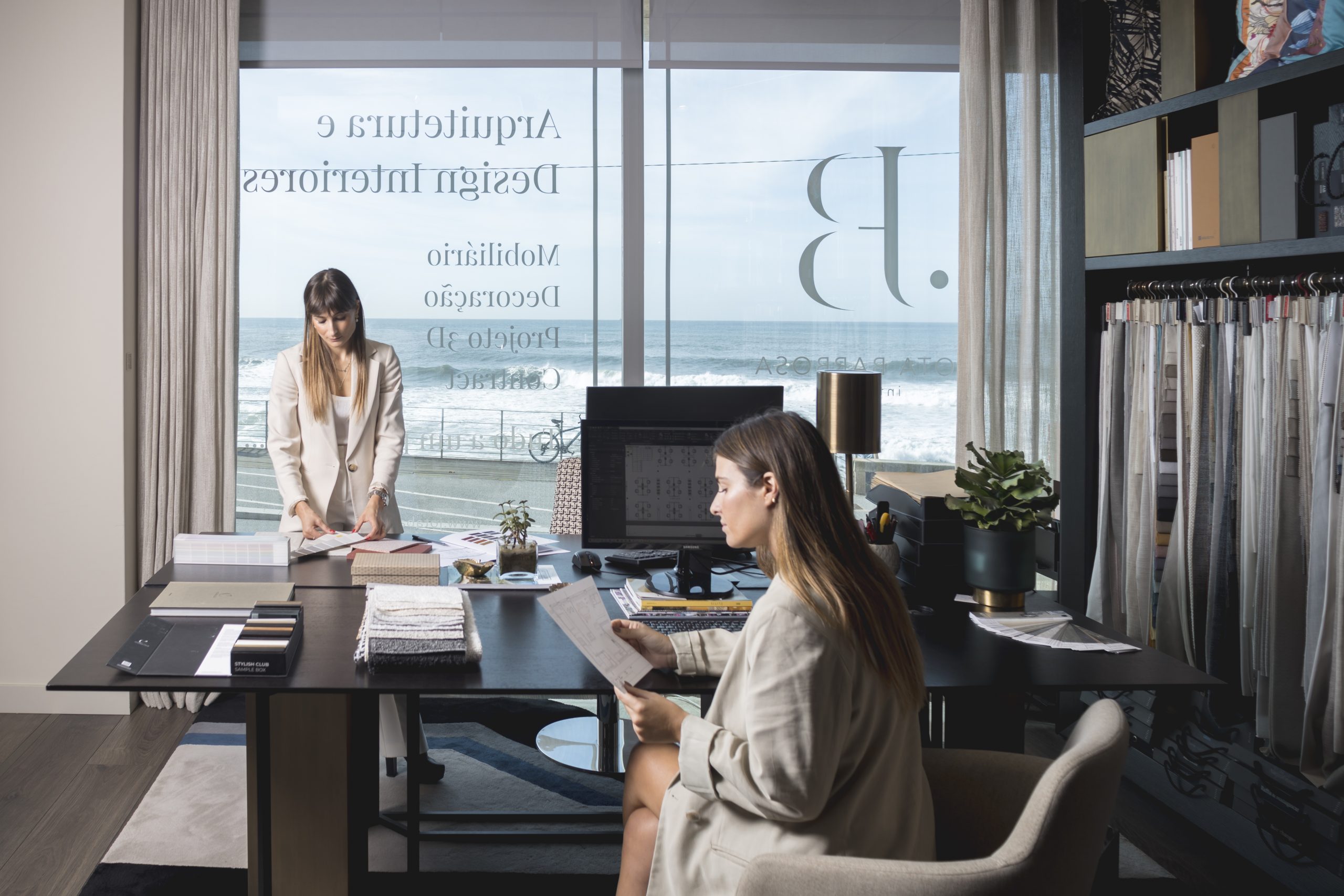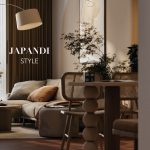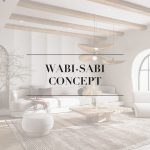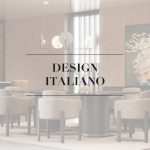In many homes, certain spaces often go unnoticed, often escaping our daily attention. However, the ability to identify and transform these neglected areas can represent a real revolution, not only improving the functionality of the space, but also building layers of good taste throughout the home. This article sets out to comprehensively explore the nuances associated with identifying, evaluating and transforming these less-exploited spaces.
Effective strategies will be covered, highlighting the crucial importance of design and style in optimising these areas, as well as highlighting the positive impact of multifunctional furniture, the relevance of adequate lighting and the need to seek advice from professionals specialising in interior design.
The Interiors Mind Podcast
Identifying and evaluating potential
Identifying spaces that are not being well utilised requires close observation. Signs include constant clutter, a lack of clear purpose, or the presence of disproportionate furniture. Assessing the potential of a less useful space involves considering its intrinsic characteristics and the need of the residents. Questions such as “What is the most practical function for this space?” and “How can this area benefit daily activities?” are fundamental. The flexibility and versatility of the space should also be considered.
- Mezzanine for relaxing and socialising | Arouca House Project Jota Barbosa Interiors
The importance of design and style
Design is inherent in the transformation of a less useful space. Harmonising colours, choosing materials and creating a cohesive aesthetic are fundamental. Current trends include the use of natural elements, neutral tones and minimalist designs that visually enlarge spaces.
- Productive space by the window | Credits: Adore Magazine
- Making the most of the space under the stairs | Credits: Pinterest
- Resting sofa by the window | Credits: Pinterest
Appropriate lighting
Lighting is a powerful tool for transforming less useful spaces. Maximising natural light, using strategic lighting and exploiting indirect lighting can create welcoming atmospheres and highlight positive aspects of the space.
- Recessed lighting in the entrance hall | Credits: Pinterest
- Optimised atmosphere with lighting and plenty of natural light | Credits: Pinterest
Tips on how to maximise these spaces
Smart Vertical Storage
The key strategy for maximising smaller or unusual spaces involves the intelligent use of vertical storage. Hanging shelves, modular shelving and wall storage solutions not only save floor space, but also bring harmonious decoration to the atmosphere.
- Efficient organisation in a built-in bookcase | Source: Pinterest
- Loft remodelled into a home office | Credits: Renovation Husbands
The illusion of spaciousness with mirrors
The strategic use of mirrors gives the illusion of spaciousness in small spaces. Placed in strategic locations, such as walls opposite windows, mirrors reflect natural light, visually enlarging the room and adding style to the atmosphere.
- Delicate mirror in a narrow entrance hall | Credits: blancointeriores.blogspot.com
- Multifunctional hanging furniture | Credits: Art babayants
The right colours and tones
The careful choice of colours transforms the perception of space. Light and neutral tones, such as whites, greys and pastels, make the room feel more spacious and airy. Applying colour to furniture and accessories adds depth without overpowering.
Multifunctional furniture
Sofa beds and recliners are essential for limited spaces, providing comfort during the day and at night becoming extra rest areas. Folding and extending tables optimise dining or home office areas, offering flexibility without compromising on aesthetics. Modular furniture, such as adjustable shelves and customisable modules, provide dynamic versatility to interior design.
- Space-saving kitchen cut-outs | Credits: Pinterest
- Window sofa with space for organisation | Source: CasaTresChic
Consult a Design Professional
Consulting an interior design professional is highly recommended when planning to utilise less useful spaces. In complex situations, such as significant remodelling or the integration of specialised functions, a designer’s experience can result in innovative and effective solutions.
- Interior designers Jota Barbosa at work
